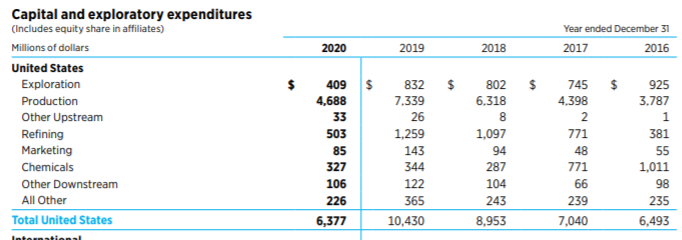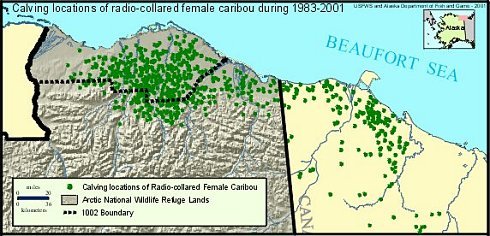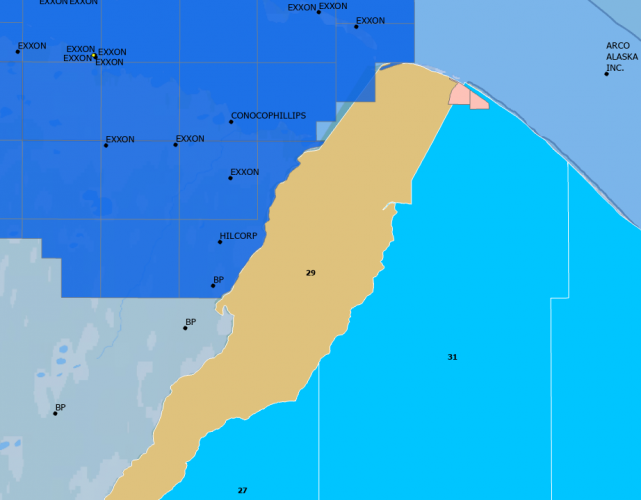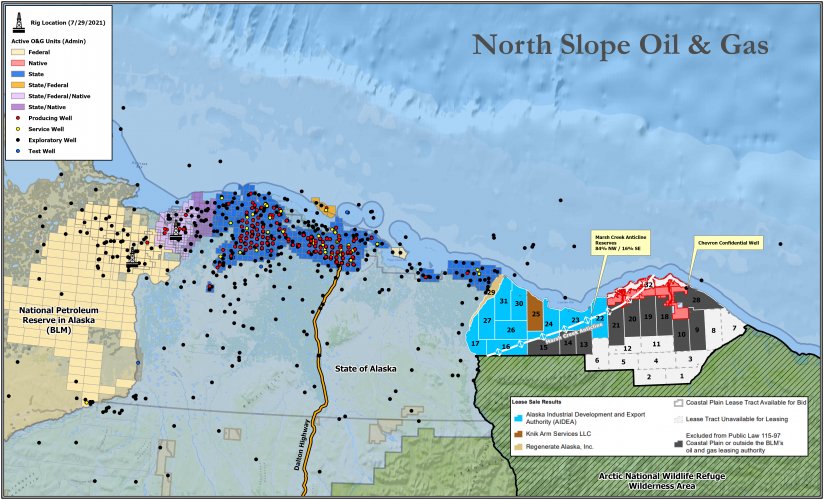44hunter45
Well-known member
Randy has had Dave and Nephi on his podcasts. This episode of their show was the best education ever for me in ANWR.

 podcasts.apple.com
podcasts.apple.com

Oil & Ice- Arctic National Wildlife Refuge
Podcast Episode · Your Mountain · 07/20/2021 · 1h 28m










